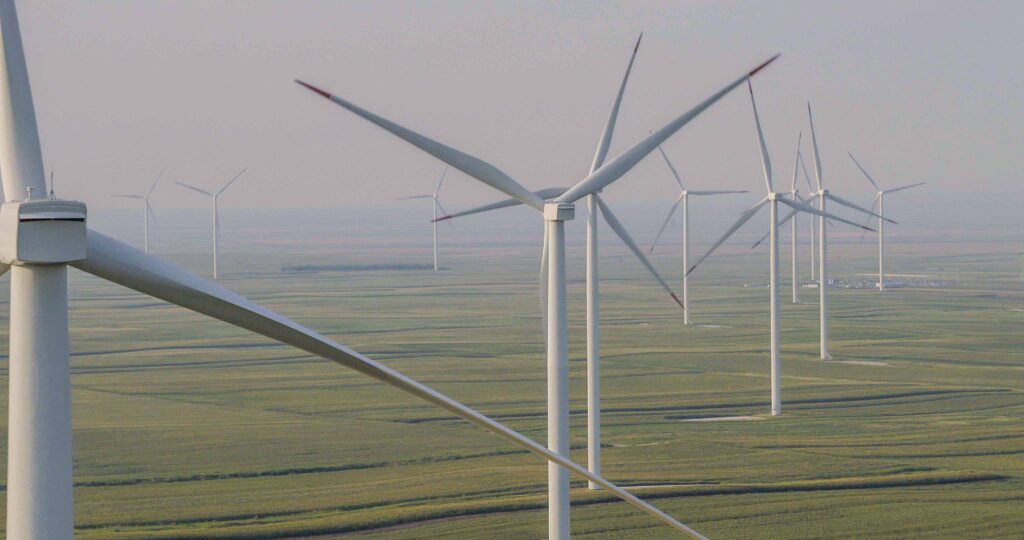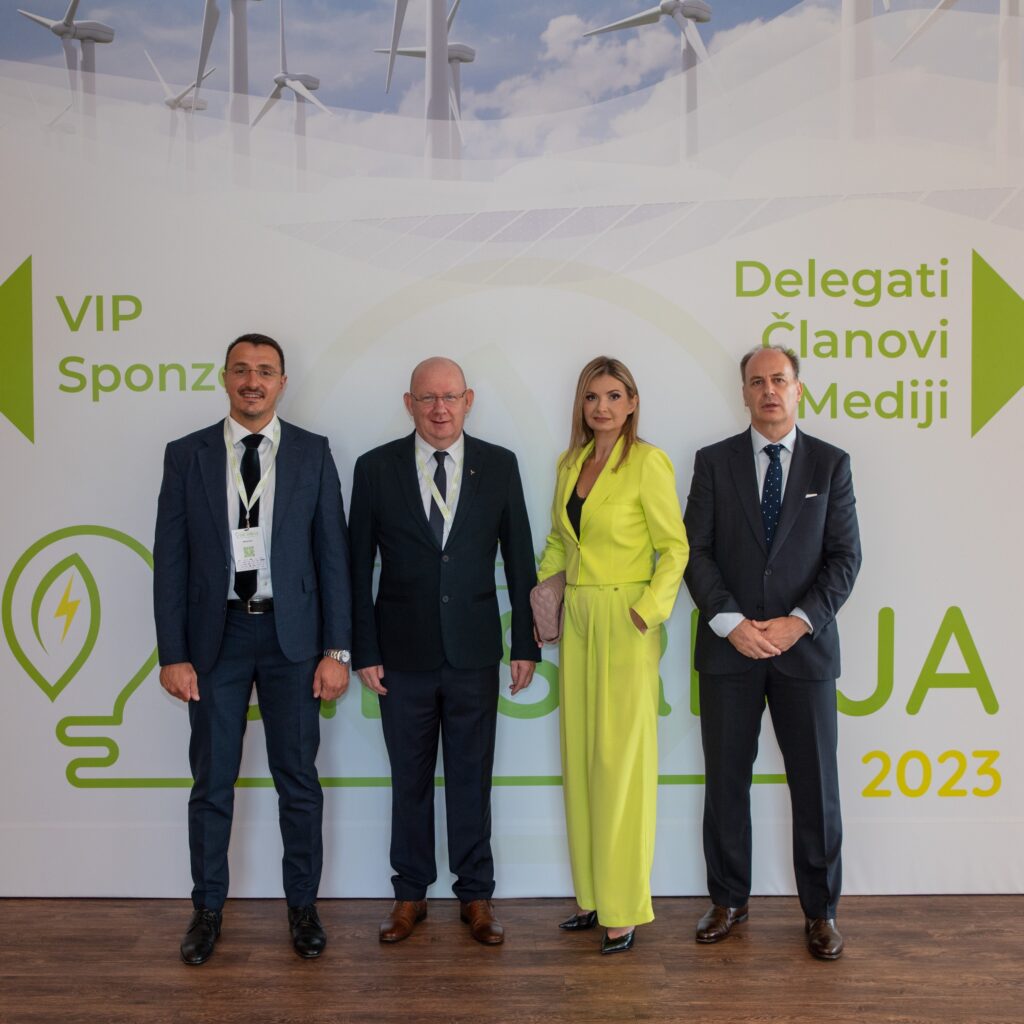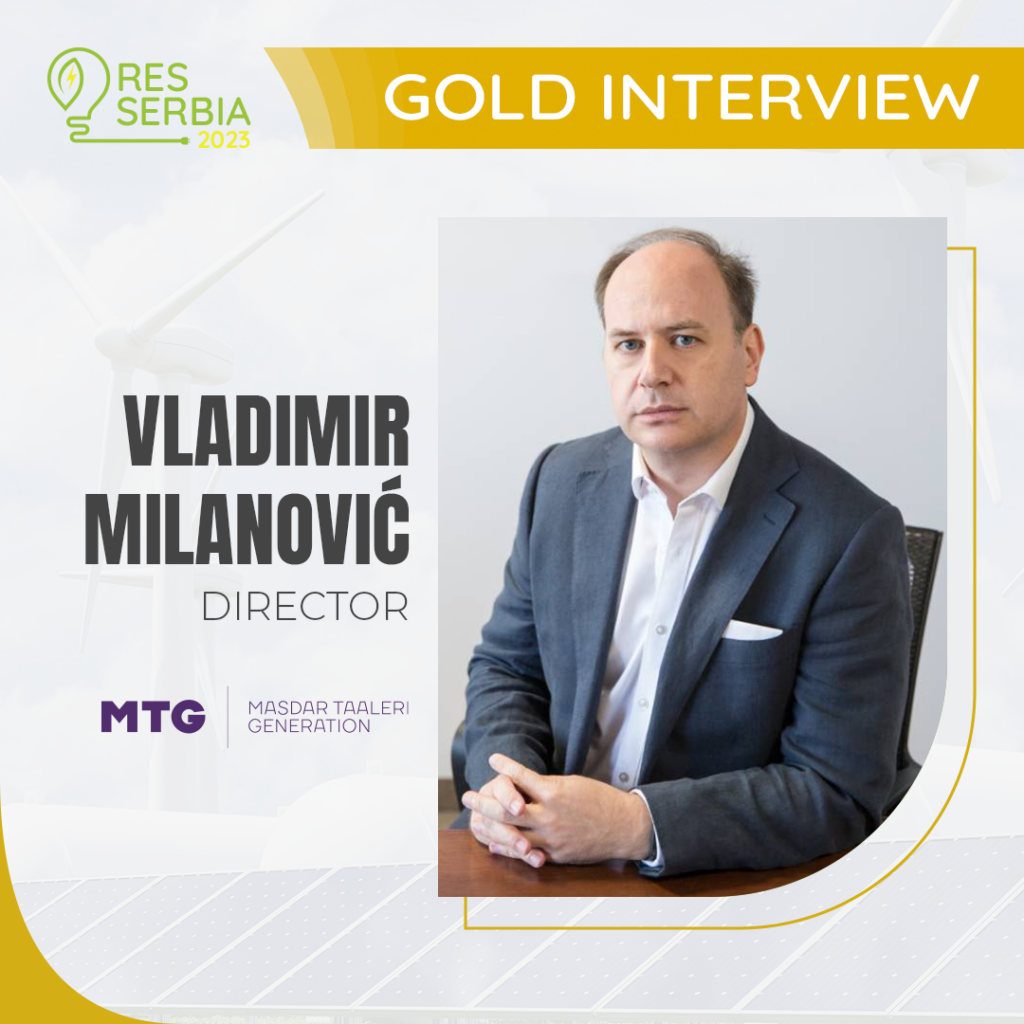Director of Masdar Taaleri Generation Vladimir Milanović joined the team that developed the largest Serbian wind farm Čibuk 1 in 2017 in the position of financial director. Thanks to his extensive experience in the field of finance in the construction industry, he manages all financial affairs including bookkeeping, budgeting, financial models, taxes and treasury.
In an interview with the RES Serbia portal, he revealed that the development of Čibuk 2 is coming to an end without major problems and expects construction to begin in January next year. He analyzes the results of the just completed auctions, where the company received the right to a market premium, but he also reveals why in the near future we will no longer need the auction system and what is the willingness of banks to finance projects that have opted for the market model.
The companies Masdar and Talaeri, after the successful construction of the Čibuk 1 project, continued to invest in Serbia by developing new projects. Does this mean that you have good experiences from the Cibuk 1 project? What are the biggest challenges you faced during the development, and what challenges did you face during the operational phase?
– Of course, the good experiences during the construction of Čibuk 1 are the main reason why Masdar and Taaleri, as the majority investors in that wind farm, decided to continue further investments in Serbia, as well as to deepen their cooperation in the broader markets of Central and Southeastern Europe. When a project is successfully completed, the challenges during development and construction, as well as all the stress accompanying them, are somehow forgotten and turned into anecdotes that are told around the office. However, the experience you have gone through and the knowledge you have gained remain and help to develop new projects much faster.

Čibuk 2 wind farm is under development. When can we expect construction to begin?
– Surprisingly, despite the events we have witnessed in the last few years in Europe and the world, the development of Čibuk 2 is coming to an end without significant problems. This is a consequence of both the experience gained on the previous project and the successful cooperation with the local partner, who significantly contributed to bringing the project closer to the start of construction in record time, and we expect to start construction in January next year.
Is there another project planned that may not be known to the public until now?
– We have plans for wind farms and solar power plants, but their development is at the early stage, so maybe they are not an exciting topic.
Bearing in mind that you are a financial expert, how do you assess the current conditions for financing RES projects? Are banks and clients ready for the auction model? And what is the willingness to finance projects that have opted for the market model, without any incentive measures from the state?
– We can roughly divide the financing conditions into the available liquidity and appetite of the banks, on the one hand, and the conditions under which you can borrow. As far as credit availability is concerned, the situation is very favourable. With the successful commissioning of the previous generation of wind farms, which were financed mainly by development banks in Serbia, and the global strategy of increasing the share of sustainable projects in bank portfolios, commercial banks are very interested in financing projects that have been awarded the right to incentive measures through auctions, as well as projects that sell the energy directly on the market. Of course, the conditions under which banks are ready to participate differ and reflect the risk that each model carries with it. On the other hand, clients are currently faced with a rising interest rates environment, which directly affects the expected investment return, and they are forced to pay much more attention to optimising their costs and financing structure to get the most in the current environment.

At the RES Serbia 2023 conference
Are you satisfied with the adopted regulations, the auction system and the three-year auction plan?
– Of course, we are happy. How could we not be when we got the right to a market premium at the just completed auction process? You can always find some segments that may not have been well thought out or implemented. However, this is all normal and negligible, especially considering that these are the first auctions of this type in our country. I am convinced that the auction system will continue to improve, just as I am convinced that soon, we will no longer need it. We are witnessing the rapid maturation of the industry of renewable energy sources that are becoming competitive with conventional sources, and this is precisely the consequence of state incentives, first through guaranteed tariffs that enabled the construction of the first projects by isolating RES projects from conventional ones, then through auctions that introduce market competition between renewable energy projects and finally to the complete integration of sustainable projects into the market, which is the next step.
The transmission system operator faced more than 20 GW of requests to connect solar and wind power plants. What do you think about this hyperproduction of projects, and do you think that the criteria for connection should be stricter in order to relieve EMS?
– The transmission system is a limited resource of public interest. Like any other limited resource, its price increases drastically with the demand we are now facing. Therefore, it is clear that the massive amount of requests creates congestion when approving connections to the system and also makes it impossible to separate between serious investors who are ready to bring the project to completion and speculators who see their opportunity for quick profit. Therefore, the measures to resolve the current situation should be well assessed so that the projects with the highest chance for successful implementation are chosen, and at the same time, the interconnection price does not threaten the economic profitability of the projects. Bank guarantees are certainly a good solution, and it seems that they will initially help to overcome the situation we find ourselves in. However, I think a more detailed analysis of the positive experiences from the countries ahead of us regarding the integration of renewable energy projects is needed, and based on that, opting for a longer-term strategy.


